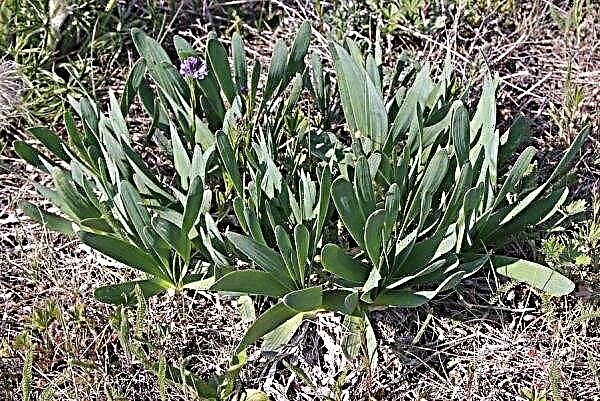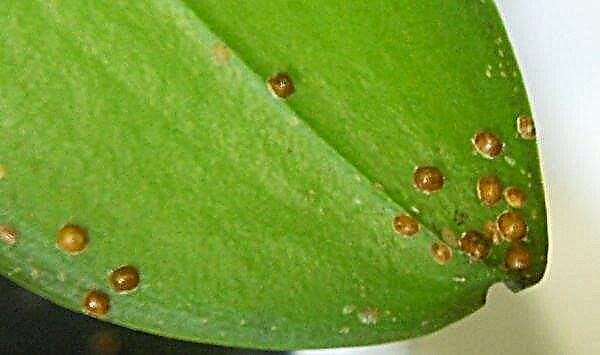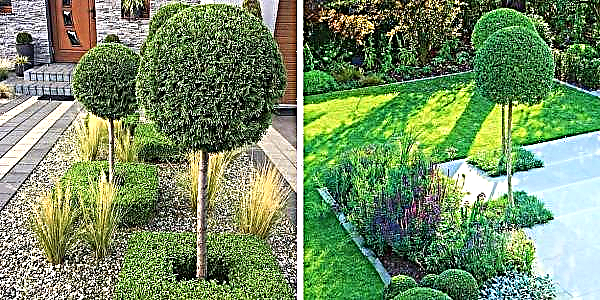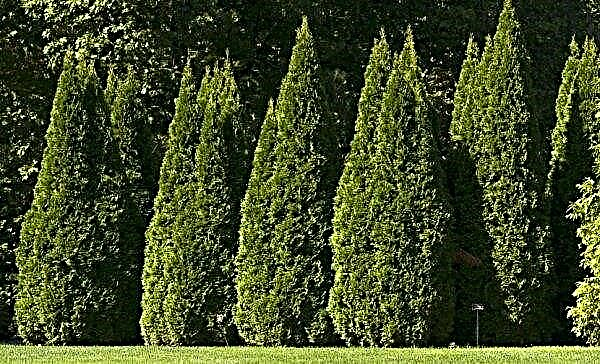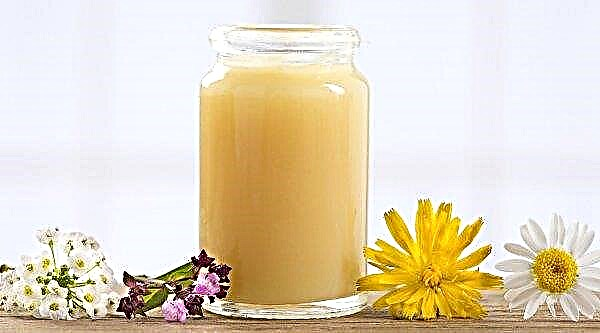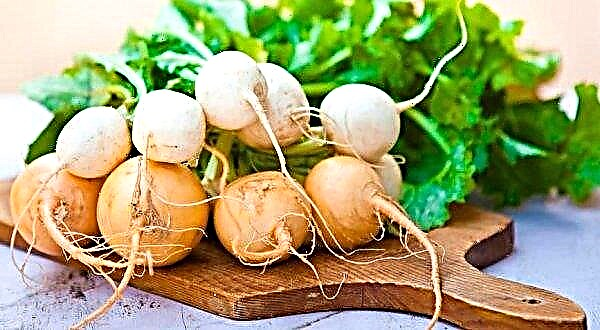The method of growing vegetables upside down, or Topsy Turvy, refers to the bold enough innovations of vegetable growing. First of all, the appearance of such a creative variant of the organization of the garden is associated with the desire of gardeners to make the most of the available space in their greenhouse. most often it is the plane under the ceiling that is empty; such a creative method was invented that is very popular.
Method Features
First of all, in order to organize such a bed, it is necessary to choose a capacity for growing plants. Old buckets, about 5-7 liters, large water bottles and even containers after building materials are well suited for this. A hole must be cut in the bottom of the makeshift pot. Its diameter depends on the size of the future plant.
 The first person who thought of turning plants upside down was designer Patrick Morris.
The first person who thought of turning plants upside down was designer Patrick Morris.
On top of it, the paper is laid in several layers, covered with a special soil mixture, covered with a lid and turned over. It is necessary to plant seeds or seedlings in the hole. In order for the cultivation by this method to become effective, it is necessary to let the plant grow stronger and grow to 20 cm, and only then turn it over and set it in a permanent place.
 Patrick Morris created a unique planting system called Sky Planter.
Patrick Morris created a unique planting system called Sky Planter.
Advantages and advantages of Topsy Turvy
This creative method of growing has become popular due to its advantages and advantages, which distinguish it from the mass of easily accessible and simple garden design options.
- The benefits are as follows:
- This growing method is ideal for decorating an impromptu greenhouse on the balcony of residential apartments. Such a bed looks aesthetically pleasing, economical and practical.
- Plants grown in this way require less plentiful watering. This is easily explained by the fact that water immediately penetrates the root system and saturates it, and only then moisture spreads evenly to the stems, leaves and flowers.
- It is important to note that this method favorably affects the development of the root system. Even in fairly sprawling plants, the roots become more compact, but quite strong and developed.
- The force of gravity also has a positive effect. It is thanks to it that useful substances quickly get their roots to leaves and flowers.
- The plant is protected from unforeseen fragility under the weight of its own fruits.
- Eliminates the need for weeding and loosening.
 A special system of vessels located in flower pots, through which the plant feeds, reduces the water consumption for watering plants by 90%.
A special system of vessels located in flower pots, through which the plant feeds, reduces the water consumption for watering plants by 90%.
This method of growing is ideal for varieties of decorative pumpkins, cucumbers, tomatoes, zucchini, eggplant and some varieties of beans. It is not recommended to use it for growing pepper due to the fragility of its stem. Also in this form it is quite good to grow various types of greens: parsley, dill, cilantro, spinach, rosemary.
The disadvantages of the method of growing upside down
Along with a number of undeniable advantages and advantages, there are a number of disadvantages to this method.
- Among the key ones, the following can be distinguished:
- Plants will reach for the sun. In this case, to prevent their fragility, it is necessary to place an impromptu pot in a well-lit area.
- With the advent of the crop, the total crop. The pressure will increase, under which the plant can fall out of the pot. Be sure to take care of this and prevent the occurrence of this situation.
- Watering difficulty. It is necessary to organize the flow of moisture in such a way as not to create an excess of it and not to overflow it. You will need to get used to and find the ideal rate of watering.
 Using the Sky Planter system, even the most fastidious plants are enough to water once or twice a month.
Using the Sky Planter system, even the most fastidious plants are enough to water once or twice a month.
The method of growing upside down is gaining more and more popularity among experienced gardeners and amateurs. Thanks to such a cunning design, you can well organize the space of the greenhouse or adapt the balcony of your own apartment under it. Inveterate craftsmen were able to grow greens under the table in the kitchen, which makes it possible to have constant access to fresh parsley, dill and other favorite herbs.


